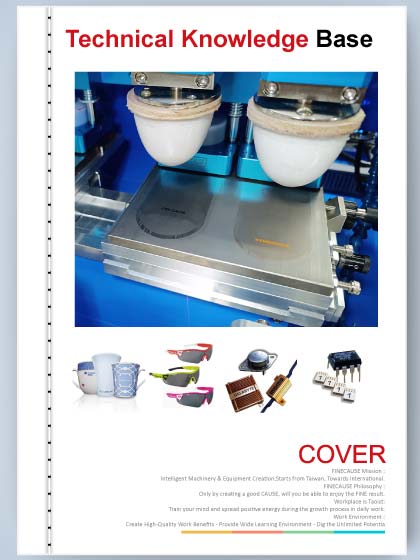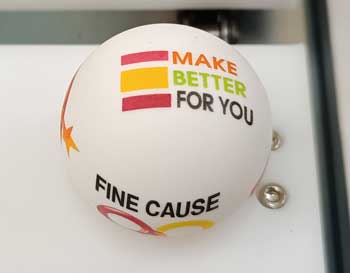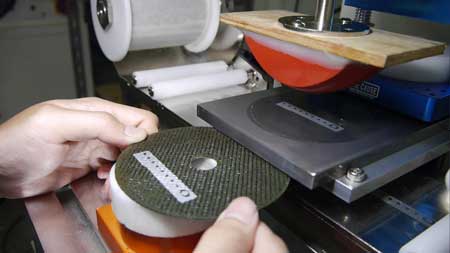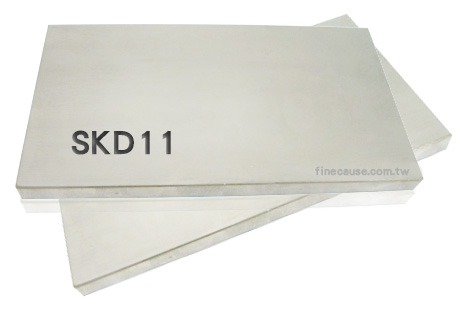Reference
The Relationship Between Pad Printing Plate Etching Depth and Printing
| Filename | The Relationship Between Pad Printing Plate Etching Depth and Printing.pdf |
| File Size | 335.6KB |
| Revision Date | 2024/09/05 |
The Relationship Between Pad Printing Plate Etching Depth and Printing
■ Etching Depth of Pad Printing Machine Steel Plates(Clichés)
-
Coarse/Fine Line Printing: Fine lines are suitable for using steel plates with shallower etching, while coarse lines or large designs require steel plates with deeper etching.
-
Material Surface: Smooth surface materials should use steel plates with shallower etching; on the other hand, textured surfaces or ink-absorbent materials (such as nylon fabric) require steel plates with deeper etching.
-
Color Matching: For light-colored materials printing with dark ink, shallower etched steel plates are suitable; for dark-colored materials printing with light ink, deeper etched steel plates are needed.
■ Range of Steel Plate Etching Depth(Cliche plate)
-
Typically, the etching depth of steel plates ranges between 5μm and 45μm.
-
For printing on absorbent materials like fabrics, paper, or ceramic blanks, steel plates with deeper etching are commonly used.
-
Printing dots or four-color separation works generally use steel plates etched to a depth of around 15-20μm.
-
For fine text printing on plastic or metal materials, steel plates with a 20-25μm etching depth are typically used.
-
Coarser lines require steel plates with a depth of around 28-35μm.
-
The deeper the etching on the steel plate, the faster-drying and more viscous the ink required.
-
The shallower the etching, the slower-drying and more fluid the ink should be.
※ 1μm = 0.001mm
■ Characteristics of SKD11 Pad Printing Plates
-
High Wear Resistance: Excellent wear resistance with good quenching performance and minimal deformation after quenching.
-
High Hardness: After heat treatment, the hardness of the steel plate can reach HRC58-62.
-
Cost-Effective: High hardness and moderate price make it one of the most commonly used steel plates.
-
Suitable for Mass Production: Widely used in mass production of molds.
-
High Carbon, High Chromium Alloy Steel: Extremely high hardness and adequate toughness, with temper hardening properties. It is a typical air-hardening steel and one of the best wear-resistant alloy tool steels available.
-
Multi-Element Alloy: With added molybdenum and vanadium, the steel plate combines wear resistance, deformation resistance, and impact resistance.
-
High Purity: Undergoes secondary refining, ensuring excellent cleanliness and fine grain structure.
For complete color images and documents, please download the file by clicking the Download button.


 Links
Links



